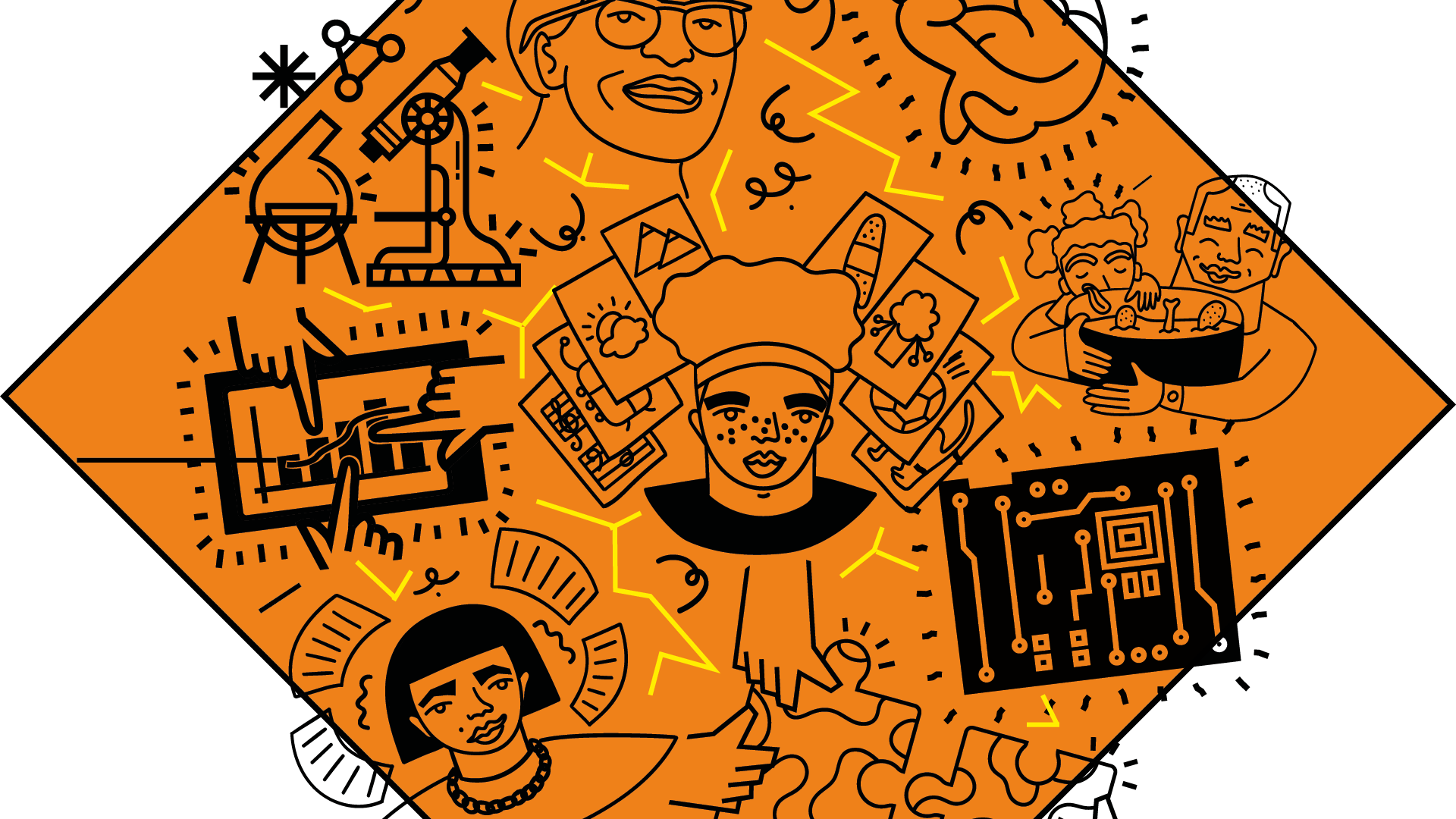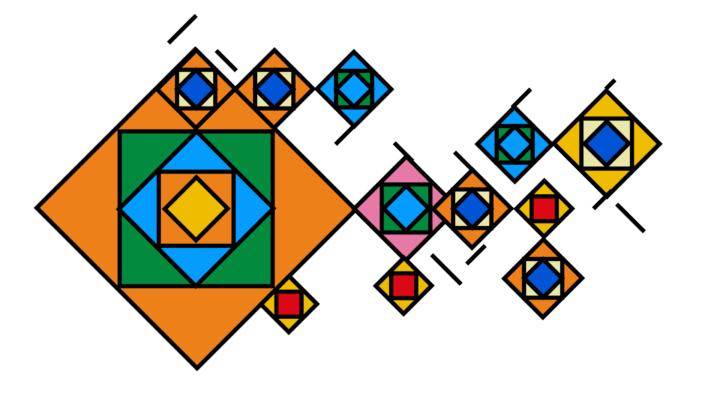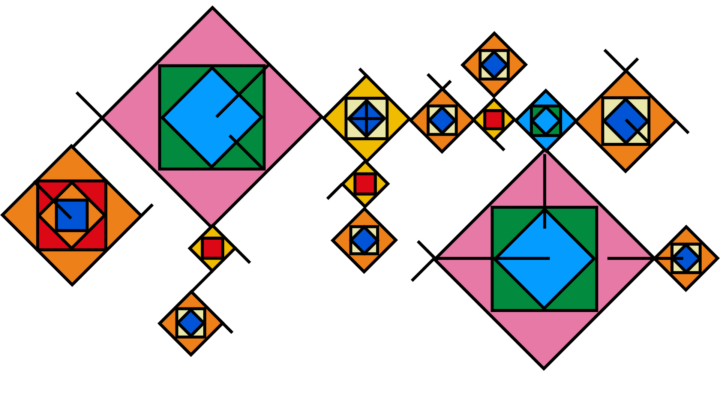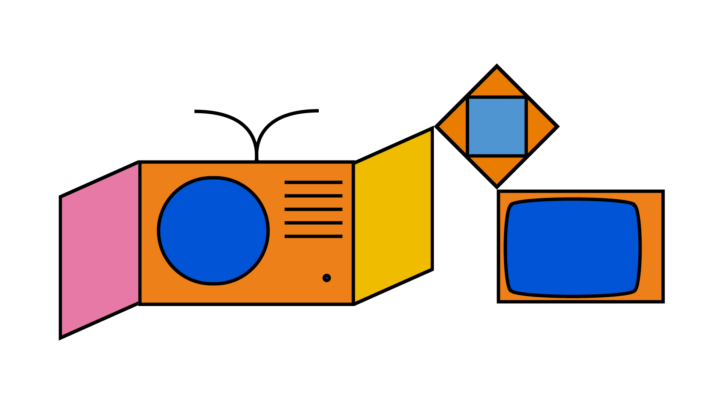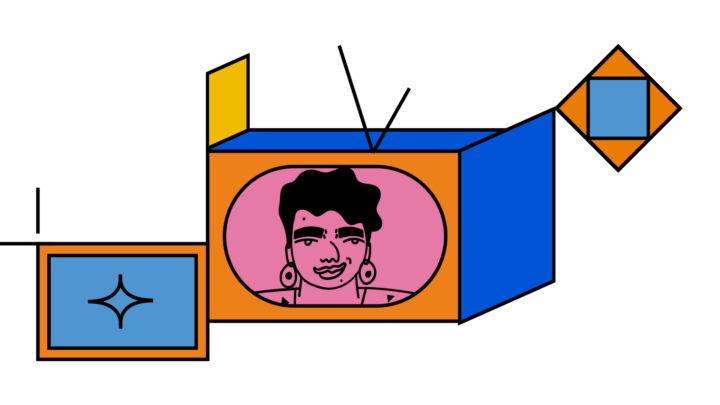The German government wants to create a National Education Platform (NBP) with digital learning opportunities for all. Wikimedia Deutschland took a close look at the 2022 project. Heike Gleibs, Head of Education, Science and Culture at WMDE, explains the key findings.
Does the National Education Platform have design flaws?
Heike Gleibs: In principle, it is good and right that the public sector invests in digital infrastructures such as the education platform, for which 630 million euros will be made available by 2025. But more thought should have been given to design and functionalities. One problem with this project is that it is largely based on existing technological solutions without asking first what the problems – or problems to be expected – in terms of learning and education in the 21st century the NBP is intended to solve. Are features like a wallet for certificates and evidence of learning outcomes and qualifications really what we need? Do learners and teachers perhaps need other platforms, such as a public citizen cloud, where digital products created at schools can be stored, for example?
Wikimedia Deutschland commissioned the study “Values and Structures for the National Education Platform” – What was the goal of the study?
The commission went to a team of scientists from different disciplines and perspectives: platform theorist Michael Seemann, software developer and activist Jürgen Geuter, and two educational scientists, Felicitas Macgilchrist and Christoph Richter. We wanted to combine technological and educational know-how. Because one of our basic assumptions for the study is that digital infrastructures are not neutral, but always create conditions for educational practice. At the beginning of the development of digital educational infrastructures, the question would have to be: What does contemporary learning look like today, what will it look like in ten, twenty years – and what kind of digital infrastructure do I need for it?
What key findings can be drawn from the study, which was also discussed on a panel with policymakers and experts from the education sector in 2022?
One point is that there has been hardly any interplay between developments in educational science, learning theory, and technology in the development of the NBP. Also central is the question: what needs to be considered when building platforms, especially in an educational context? And related to this: Who will take responsibility for this later and operate the platform, what rules do we need to set, what minimum standards should apply to both prototypes and projects? All these governance questions were not answered when we initiated the study.
What is the understanding of learning behind this National Education Platform?
According to our study, we see an instrumental understanding of learning. That is, learning in order to achieve a certain goal, to become fit for the labor market. In our eyes, it’s very much focused on competencies to be acquired in order to perform in a job later. So this is a very goal-oriented, also market-oriented understanding of education. In the context of the platform, there is also constant talk of educational opportunities that learners seek out. What has no place in this framework is a certain aimlessness in the best sense, a process-related understanding of learning that is only constituted during this process of learning.
What could have been gained if the negotiations with civil society activists such as Wikimedia had taken place in advance?
More clearly defined ideas of problems from the perspective of users – and equally clear, informed ideas for suitable solutions. Together with a wide variety of groups – parents, students, teachers, all kinds of teaching and learning people – the larger societal question could have been addressed: What is our vision of learning and education in the 21st century? What is contemporary education in a highly complex world? These processes of negotiation never took place; instead, educational theory norms were set. We took a position on this early on as Wikimedia.
What opportunities to exert influence remain for civil society?
The governance structures are still up for negotiation. There are also two evaluation projects that the German Federal Ministry of Education and Research is funding; here there is an opportunity to work toward the involvement of civil society organizations. Similarly, it is possible to influence the National Education Platform to be more closely aligned with the government’s OER strategy, which seeks to promote open and free educational content and the development of digital education. Open Educational Resources (OER) and Open Educational Practices (OEP) should be conceptualized from the beginning and reliably finding free content should be enabled by the National Education Platform.
What are positive aspects of the education platform?
In principle, the creation of a National Education Platform is a good idea. We can highlight that the idea of openness is behind it. The software is open source, all solutions must be developed open source. In principle, the recognition of OER as an important component of educational opportunities is also considered within the framework of the National Education Platform. These are positive aspects in terms of our dedicated work at Wikimedia.

